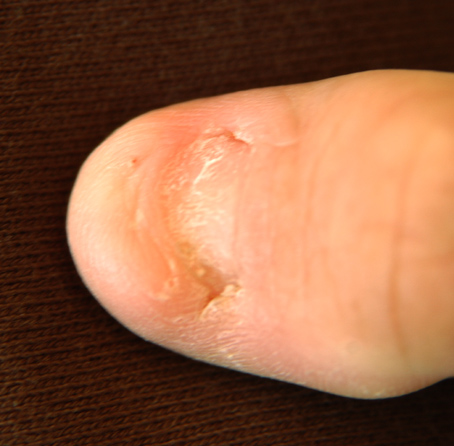Nail-Patella Syndrome

Nail-patella syndrome causes changes in the nails, elbows, kneecaps (patellae), and hip bone. The most common symptom of the syndrome is having missing or underdeveloped fingernails and toenails. Other symptoms may include having small or missing kneecaps, underdeveloped elbows, and an extra small piece of bone on both sides of the hip (called iliac horns). People with nail-patella syndrome are at an increased risk for developing high fluid pressure in the eye (glaucoma) and kidney disease.
Nail-patella syndrome is caused by genetic changes (pathogenic variants or mutations) in the LMX1B gene. The syndrome is inherited in an autosomal dominant manner. Diagnosis is usually suspected when a person has symptoms of the syndrome. The diagnosis can be confirmed by genetic testing. Treatment for nail-patella syndrome may include physical therapy or surgery for joint problems. Other treatments depend on the symptoms present in each person.
Nail-patella syndrome is caused by genetic changes (pathogenic variants or mutations) in the LMX1B gene. The syndrome is inherited in an autosomal dominant manner. Diagnosis is usually suspected when a person has symptoms of the syndrome. The diagnosis can be confirmed by genetic testing. Treatment for nail-patella syndrome may include physical therapy or surgery for joint problems. Other treatments depend on the symptoms present in each person.